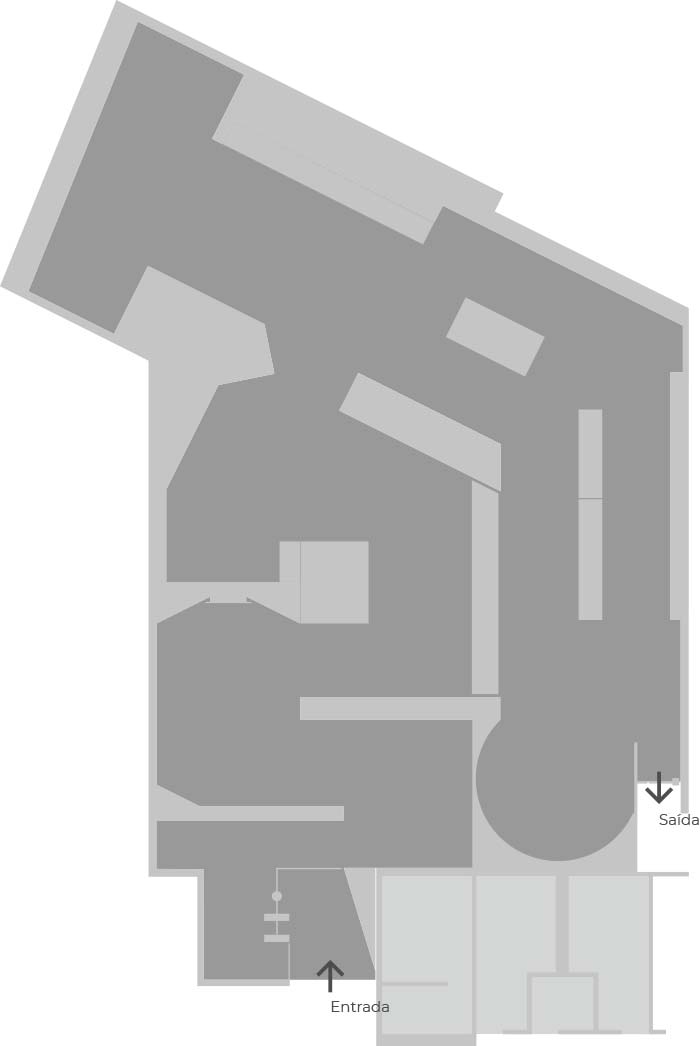The Museum of the 1st Appellation in the World presents through its permanent exhibition a small but representative part of Real Companhia Velha’s collection. Recounted here is the history of this Company and its inseparable connection to the history of Port Wine, elevating it as the symbol of this region. The permanent exhibition is divided into seven interconnecting sections to highlight the importance of this former chartered company.
This permanent exhibition aims to be a vessel to spread knowledge, and also to debate the key themes of our history: the foundation of Real Companhia Velha; Port wine; its importance to the region, namely through all the work developed by the Company, focusing on the demarcation of the Douro region. All this knowledge, rooted on national and local history, is conveyed by means of the many objects on display but also through multimedia and interactive devices that promote visitor immersion into the presented themes.










